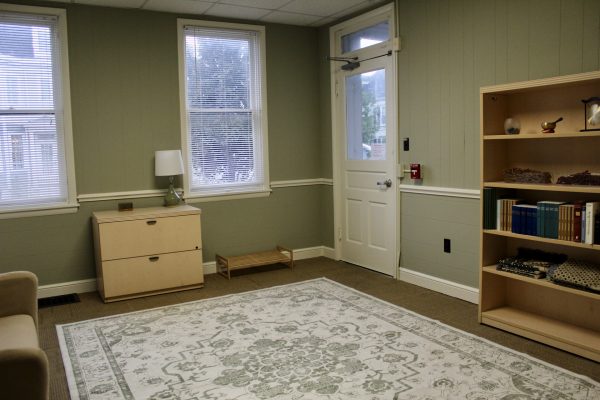Ruth Bader Ginsburg: A Glimpse into the Life and Achievements of the Woman Who Steered Gender Equality.
Ruth Bader Ginsburg: A Glimpse into the Life and Achievements of the Woman Who Steered Gender Equality.
Justice Ginsburg’s career was defined by her commitment to civil service, her dedication to fighting for equal rights for all and upholding the constitution during her 27 years as an Associate Justice of the Supreme Court of the United States.
College
Justice Ginsburg enrolled at Harvard University in 1956, one of only 9 women in a class of over 500 men. At Harvard, she excelled academically, becoming the first woman on the Harvard Law Review. Transferring to Columbia Law School for her third year when her husband got a job at a law firm in New York City, she graduated in 1959 at the top of her class.
Postgrad
Ginsburg struggled to find a job after graduating. After being rejected by 12 different law firms, Justice Ginsburg went to work as a professor at Rutgers University from 1963 to 1972. In 1972, Justice Ginsberg began teaching at Columbia Law School where she became the first tenured female professor at the school and co-authored the first law school casebook on sex discrimination .
Fighting for Gender Equality
While a professor at Columbia Law School, she founded the ACLU’s Women’s Rights Project, and served on the national board of the ACLU.
Arguments Before the Supreme Court:
Justice Ginsberg started to gain national recognition when she began to fight for gender equality through the federal court system in the early 1970’s while she was leading the ACLU’s Women’s Rights Project. Between 1973 and 1975 Justice Ginsburg argued six cases before the Supreme
Court, winning five. One particular case, that of Weinberger vs Wiesenfield in 1975 stands out. There Justice Ginsburg represented the plaintiff, Stephen Wiesenfield, a widower who was seeking the childcare benefits that a widow would have automatically been granted in the same circumstances.
Duren vs. Missouri
A few years later Ginsburg argued in the case Duren vs Missouri that jury duty should be mandatory instead of optional for women. As Justice Ginsburg was arguing before an all male court, she argued several cases involving male plaintiffs to show that gender discrimination affected men and women.
Time on The Supreme Court:
Justice Ginsburg was elevated to the Supreme Court in 1993, with a vote of 96-3 in the Senate. During her time on the Supreme Court, Justice Ginsburg is most well known for her work on gender equality and as the leading liberal voice on the Court. Some of Justice Ginsburg’s greatest moments on the Court is when she delivered the Court’s opinion on United States v. Virginia which ruled the Virginia Military Institute could not reject a qualified female applicant for their gender. Professor of Political Science Harry Pohler, here at Dickinson praised the former Justice stating that “her majority opinion in the landmark VMI case as well as important opinions and dissents on religious liberty and discrimination,” were the most notable achievements of her time on the Court.
Ledbetter v. Goodyear Tire & Rubber Co.
One of Justice Ginsburg’s greatest dissents came in the Ledbetter v. Goodyear Tire & Rubber Co. case, which denied a woman’s pay discrimination claim. Prof. Pohler said that these cases showed how Justice Ginsberg “had a brilliant career as a legal scholar and [was] an effective advocate before the Supreme Court defending the rights of women,” and highlights her commitment to equality under the law.




